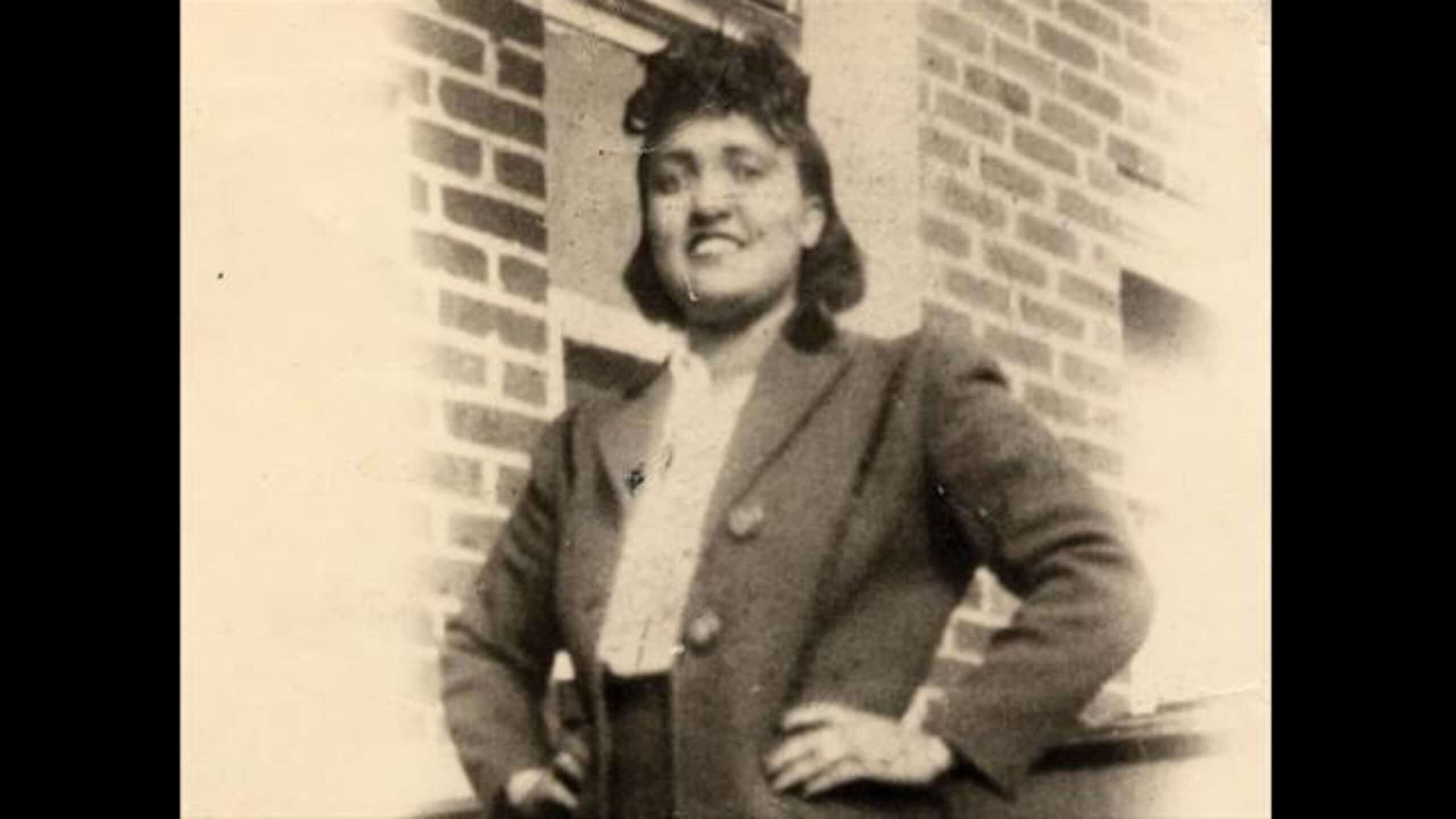Johns Hopkins was their only choice for a hospital since it was the only one near them that treated black patients. Howard W. Jones, her new doctor, examined Henrietta and the lump in her cervix. He cut off a small part of the tumor and sent it to the pathology lab. Soon after, Lacks was told she had a malignant epidermoid carcinoma of the cervix. Following Otto Gey’s death in 1970, colleagues writing a tribute discovered that Lacks’ cancer had been misdiagnosed and was actually an adenocarcinoma of the cervix. This was a common mistake at the time and the treatment would not have differed.
Lacks was treated with radium tube inserts, which were sewn in place. After several days in place, the tubes were removed and she was discharged from Johns Hopkins with instructions to return for X-ray treatments as a follow-up. During her radiation treatments for the tumor, two samples of Henrietta’s cervix were removed—a healthy part and a cancerous part—without her permission. The cells from her cervix were given to Dr. George Otto Gey. These cells would eventually become the HeLa immortal cell line, a commonly used cell line in biomedical research.[2]
In significant pain and without improvement, Lacks returned to Hopkins on August 8 for a treatment session, but asked to be admitted. She remained at the hospital until the day of her death.[2] She received treatment and blood transfusions, but died of uremic poisoning on October 4, 1951, at the age of 31.[11] A subsequent partial autopsy showed that the cancer had metastasized throughout her entire body.[2]

Lacks Town Road in Clover, Virginia—along which Lacks grew up and near where she is buried
Lacks was buried without a tombstone in a family cemetery in Lackstown, a part of Clover in Halifax County, Virginia. Her exact burial location is not known, although the family believes it is within feet of her mother’s gravesite.[2] Lackstown is the name of the land that has been held by the (black) Lacks family since they received it from the (white) Lacks family, who had owned the ancestors of the black Lackses when slavery was legal. Many members of the black Lacks family were also descended from the white Lacks family.[2] For decades, Henrietta Lacks’ mother had the only tombstone of the five graves in the family cemetery in Lackstown, and Henrietta’s own grave was unmarked.[11][12] In 2010, however, Dr. Roland Pattillo of the Morehouse School of Medicine donated a headstone for Lacks after reading The Immortal Life of Henrietta Lacks.[13] The headstone, which is shaped like a book, reads:
Henrietta Lacks, August 01, 1920-October 04, 1951.
In loving memory of a phenomenal woman, wife and mother who touched the lives of many.
Here lies Henrietta Lacks (HeLa). Her immortal cells will continue to help mankind forever.
Eternal Love and Admiration, From Your Family
The cells from Henrietta’s tumor were given to researcher George Gey, who “discovered that [Henrietta’s] cells did something they’d never seen before: They could be kept alive and grow.”[15] Before this, cells cultured from other cells would only survive for a few days. Scientists spent more time trying to keep the cells alive than performing actual research on the cells, but some cells from Lacks’s tumor sample behaved differently from others. George Gey was able to isolate one specific cell, multiply it, and start a cell line. Gey named the sample HeLa, after the initial letters of Henrietta Lacks’ name. As the first human cells grown in a lab that were “immortal” (they do not die after a few cell divisions), they could be used for conducting many experiments. This represented an enormous boon to medical and biological research.[2]
As reporter Michael Rogers stated, the growth of HeLa by a researcher at the hospital helped answer the demands of the 10,000 who marched for a cure to polio shortly before Lacks’ death. By 1954, the HeLa strain of cells was being used by Jonas Salk to develop a vaccine for polio.[2][11] To test Salk’s new vaccine, the cells were quickly put into mass production in the first-ever cell production factory.[16]
In 1955 HeLa cells were the first human cells successfully cloned.[17]
Demand for the HeLa cells quickly grew. Since they were put into mass production, Henrietta’s cells have been mailed to scientists around the globe for “research into cancer,AIDS, the effects of radiation and toxic substances, gene mapping, and countless other scientific pursuits”.[11] HeLa cells have been used to test human sensitivity to tape, glue, cosmetics, and many other products.[2] Scientists have grown some 20 tons of her cells,[2][18] and there are almost 11,000 patents involving HeLa cells.[2]
In the early 1970s, the family of Henrietta Lacks started getting calls from researchers who wanted blood samples from them to learn the family’s genetics (eye colors, hair colors, and genetic connections). The family questioned this, which led to them learning about the removal of Henrietta’s cells.


